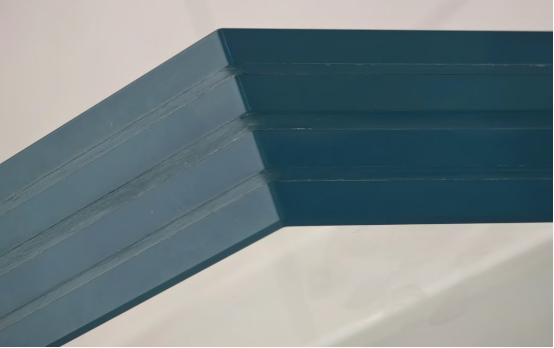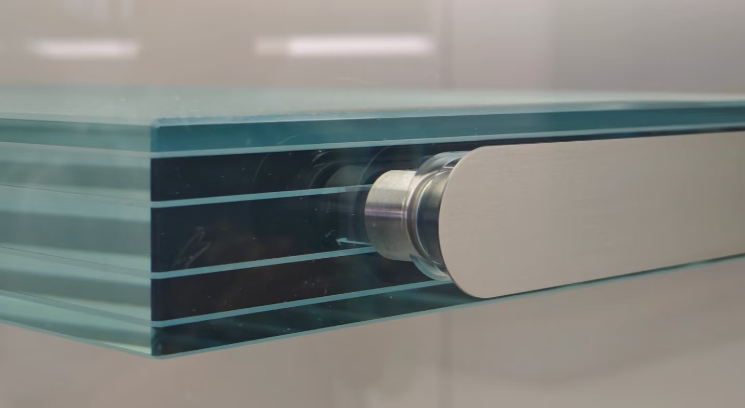English
Views: 0 Author: Site Editor Publish Time: 2025-05-15 Origin: Site
On a complete set of doors and windows, the glass surface should account for 70%, and it plays a crucial role in the insulation, soundproofing, heat resistance, sealing, and other functions of the entire building. So, if we had to rank the various components of doors and windows in order of importance, I personally believe that glass is the most critical part—and it also involves the most specialized knowledge.
From an insulation perspective, there are factors like U-value, K-value, emissivity, solar reflectance, visible light transmittance, and more. From a soundproofing standpoint, there are various acoustic transmission rates and other considerations. If we were to delve deeply into these topics, it would take a long time to cover everything. In the next episode, we’ll focus on one specific aspect in detail.
For most ordinary consumers and general contractors, there’s really no need to dive into such detailed technicalities, right? It’s like if I want to eat braised pork—I don’t need to learn about postpartum care for sows, especially since I wouldn’t understand it anyway. So, within my limited expertise, I’ll just share some simple guidelines on glass selection and matching for everyday use.
For a more in-depth breakdown, we’ll have our factory’s product manager explain it in detail next time.
The most commonly used type is this double-glazed insulating glass unit (IGU). The sample I have here consists of two pieces of float glass separated by an aluminum spacer, creating an air gap. The spacer contains desiccant to absorb moisture, and the edges are sealed with silicone to form this complete double-glazed unit.
IGUs come in various specifications, with common spacer widths ranging from 6mm to 27mm. The overall thickness depends on the width of this aluminum spacer. As for how wide it should be, that’s determined by the compatible dimensions of the window or door profile it’s paired with.
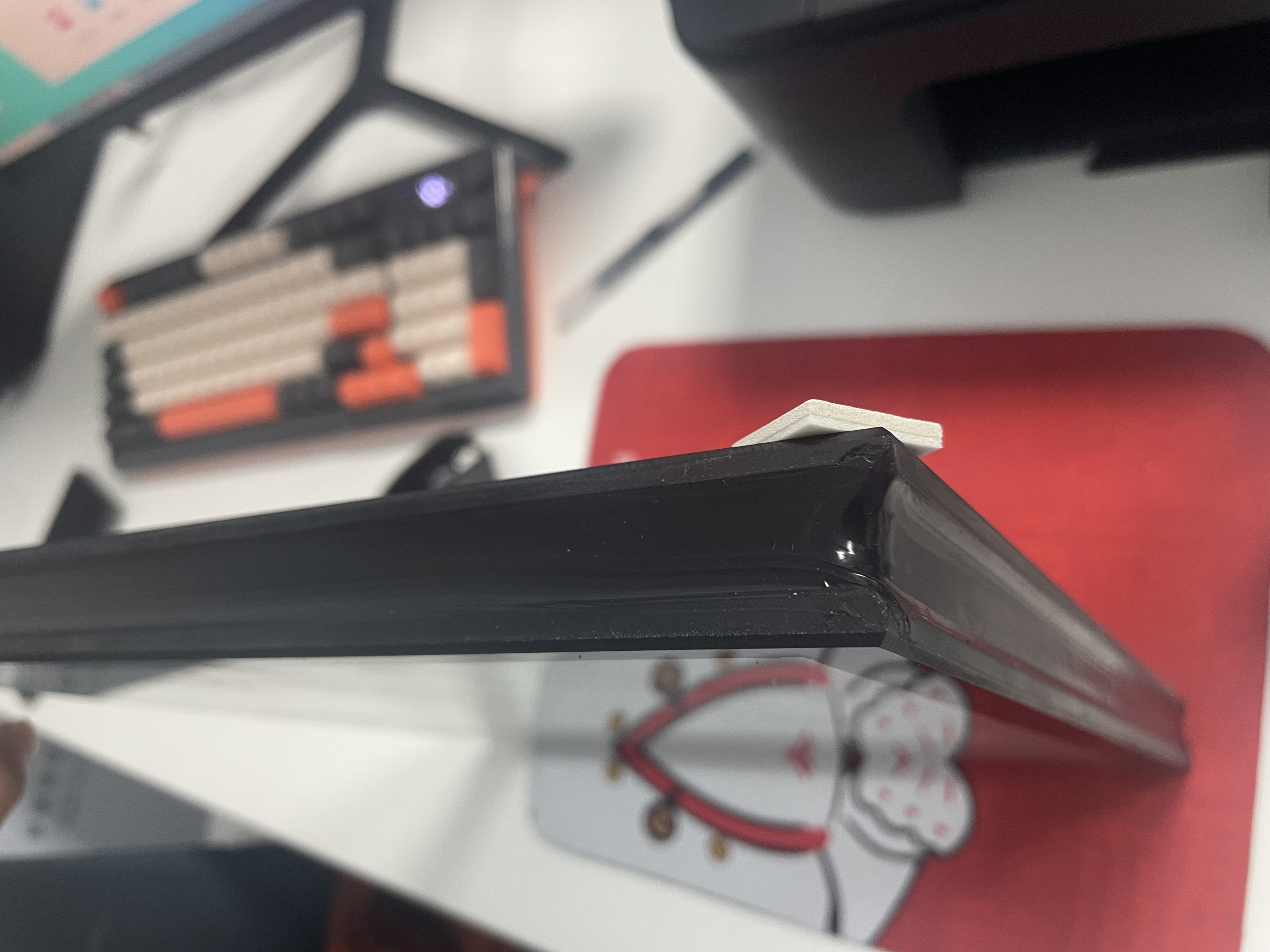
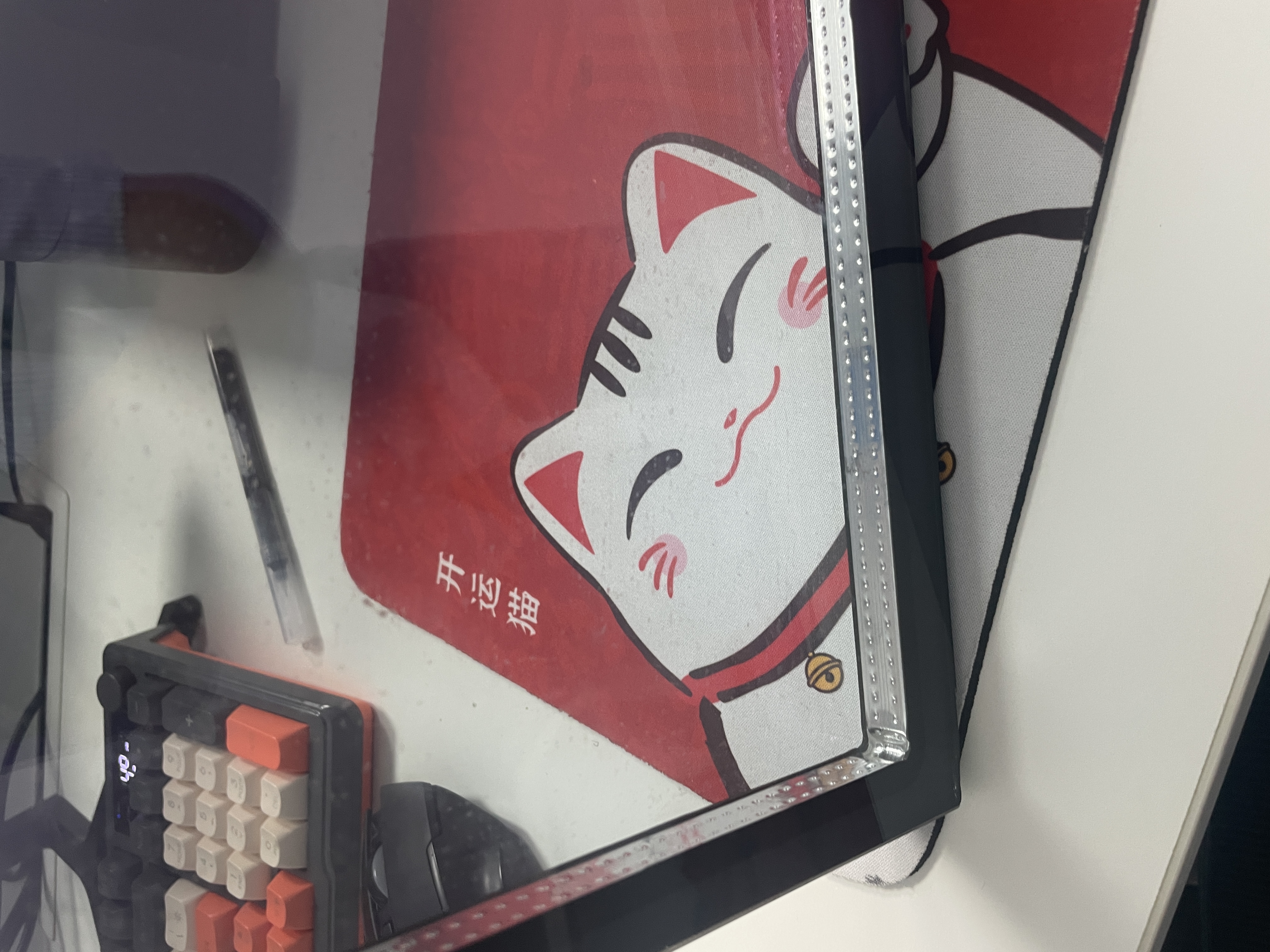
For most ordinary consumers and general contractors, there’s really no need to dive into such detailed technicalities, right? It’s like if I want to eat braised pork—I don’t need to learn about postpartum care for sows, especially since I wouldn’t understand it anyway. So, within my limited expertise, I’ll just share some simple guidelines on glass selection and matching for everyday use.
For a more in-depth breakdown, we’ll have our factory’s product manager explain it in detail next time.
The most commonly used type is this double glazed isulating glass unit (IGU). The sample I have here consists of two pieces of float glass separated by an aluminum spacer, creating an air gap. The spacer contains desiccant to absorb moisture, and the edges are sealed with silicone to form this complete double-glazed unit.
IGUs come in various specifications, with common spacer widths ranging from 6mm to 27mm. The overall thickness depends on the width of this aluminum spacer. As for how wide it should be, that’s determined by the compatible dimensions of the window or door profile it’s paired with.
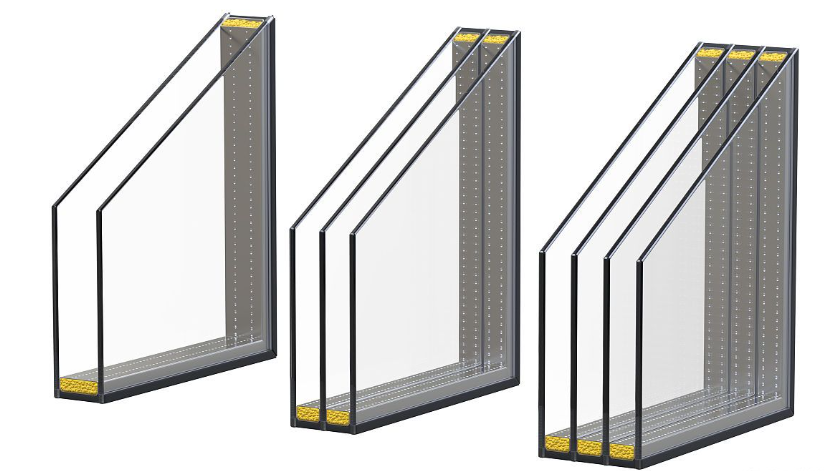
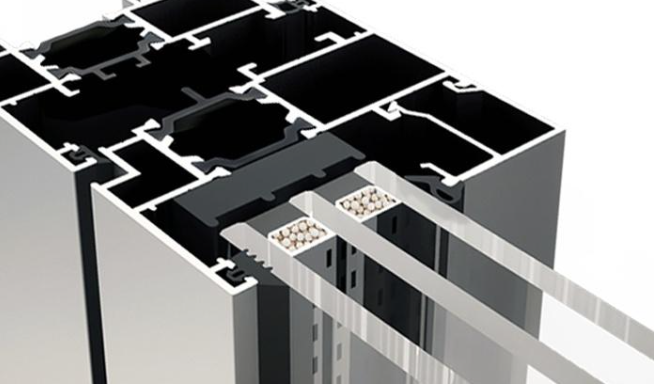
Both double-glazed and triple glazed isulating glass units can use either standard float glass or tempered glass. Of course, the sample I'm holding here is made of float glass because the sample size is quite small – for tempered glass, the minimum size we can produce is 30cm x 30cm (about 12"x12").
The production process for tempered glass begins with cutting from large glass sheets. Typically, the original glass sheets come in sizes of 244cm x 366cm (approximately 8'x12'). Based on the required window dimensions, we first cut the glass to size using specialized machinery, then proceed with edge grinding.
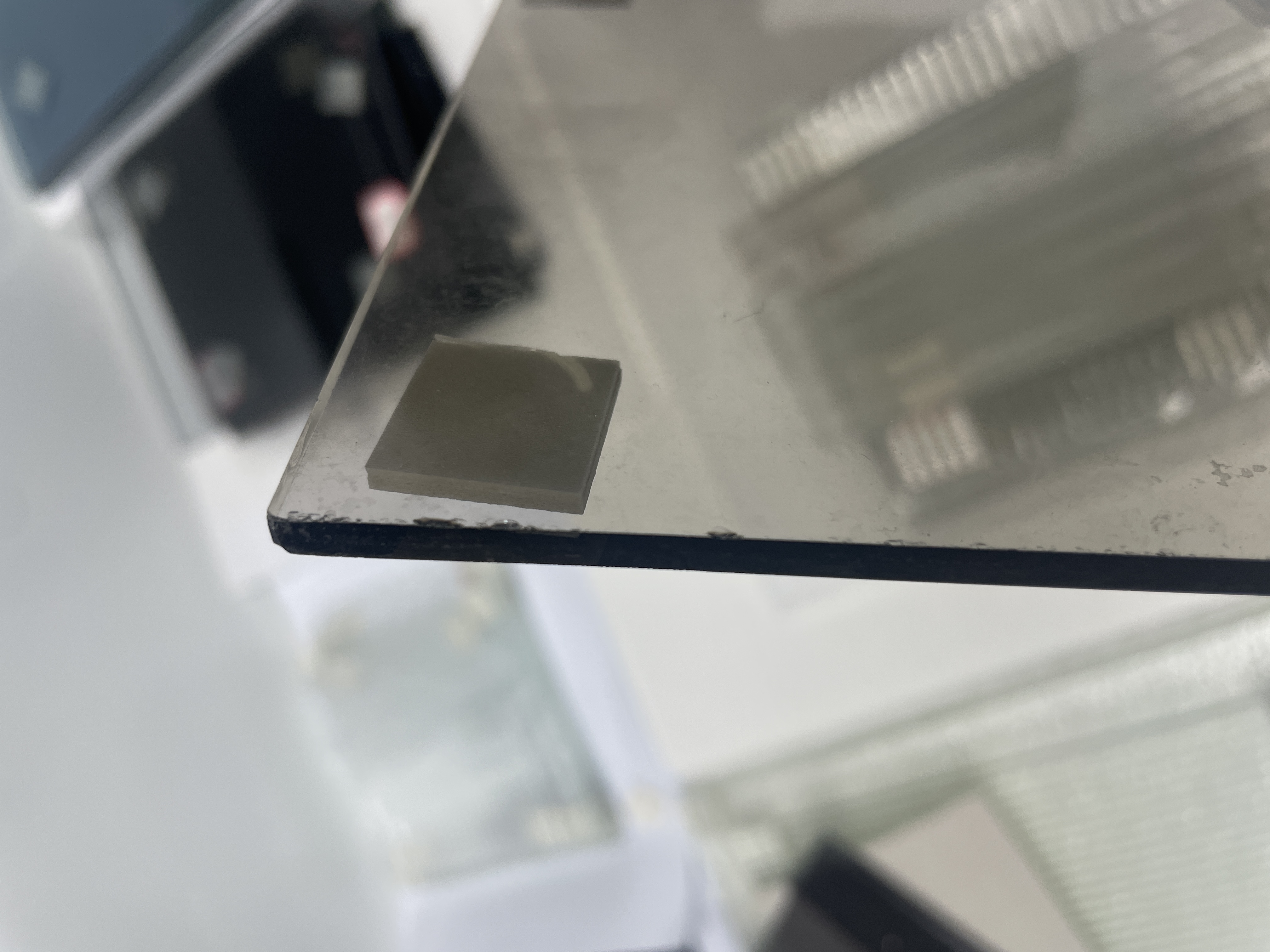
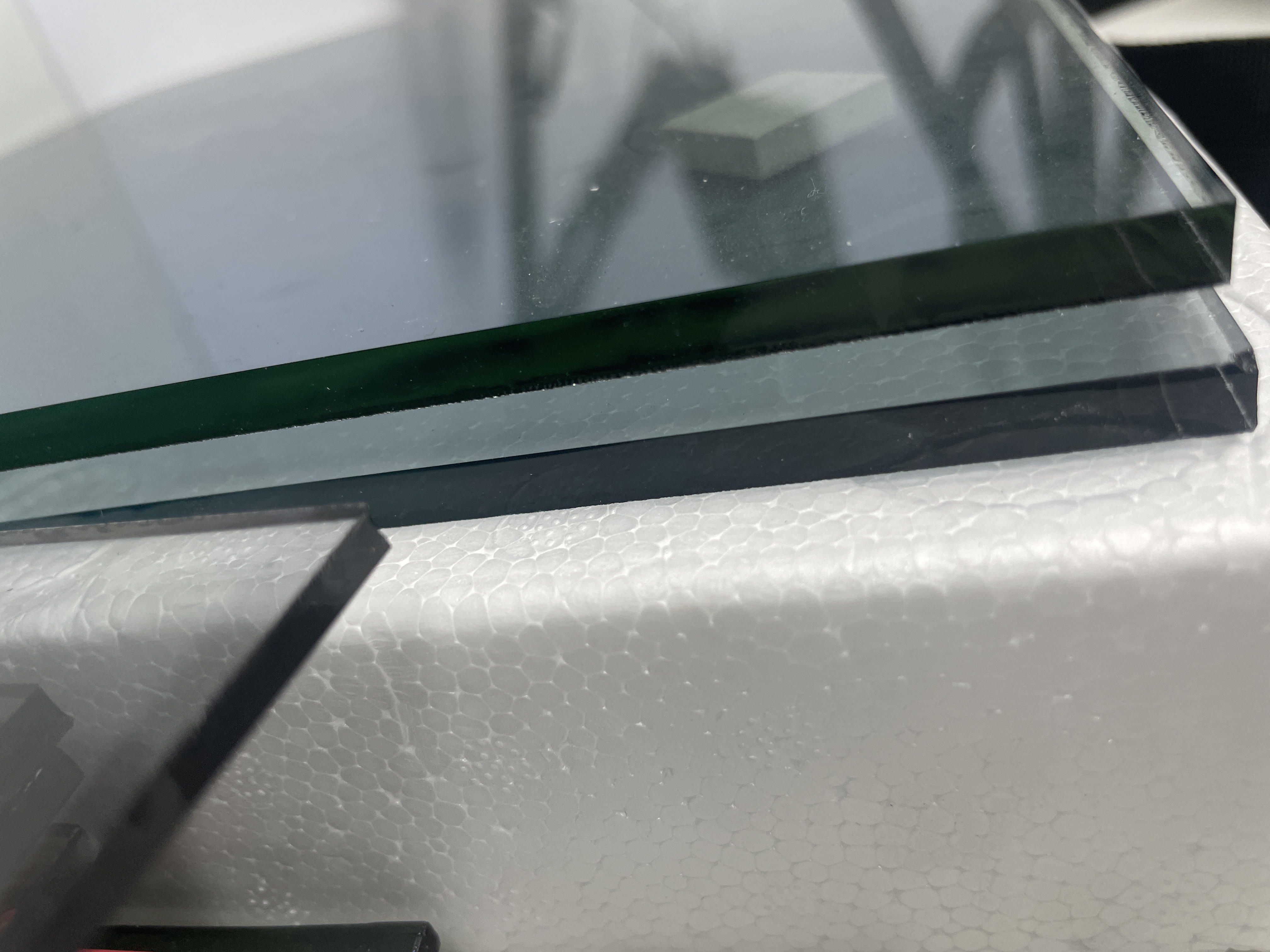
We won't go into too much detail about the tempered glass production process here - you can check out our process video for that:Our Facebook
But why do we need to grind the edges? After cutting, the glass edges will have some burrs and sharp edges that need to be smoothed and rounded. Then, the glass is sent into the tempering furnace, where it's heated to 600-700°C for about 240 seconds, followed by rapid, uniform cooling (quenching) for approximately 150 seconds.
During this heating and cooling process, internal tensile stress forms within the glass while surface compressive stress develops on the outside. The interaction of these forces increases the glass's strength by 3-5 times.
This is why edge grinding is so important:
Prevents spontaneous breakage – Any remaining burrs or sharp edges could disrupt stress balance, increasing the risk of self-explosion.
Safety for workers – Smooth edges prevent cuts during handling and installation.
So, while it might seem like a small step, edge grinding is critical for both safety and performance.
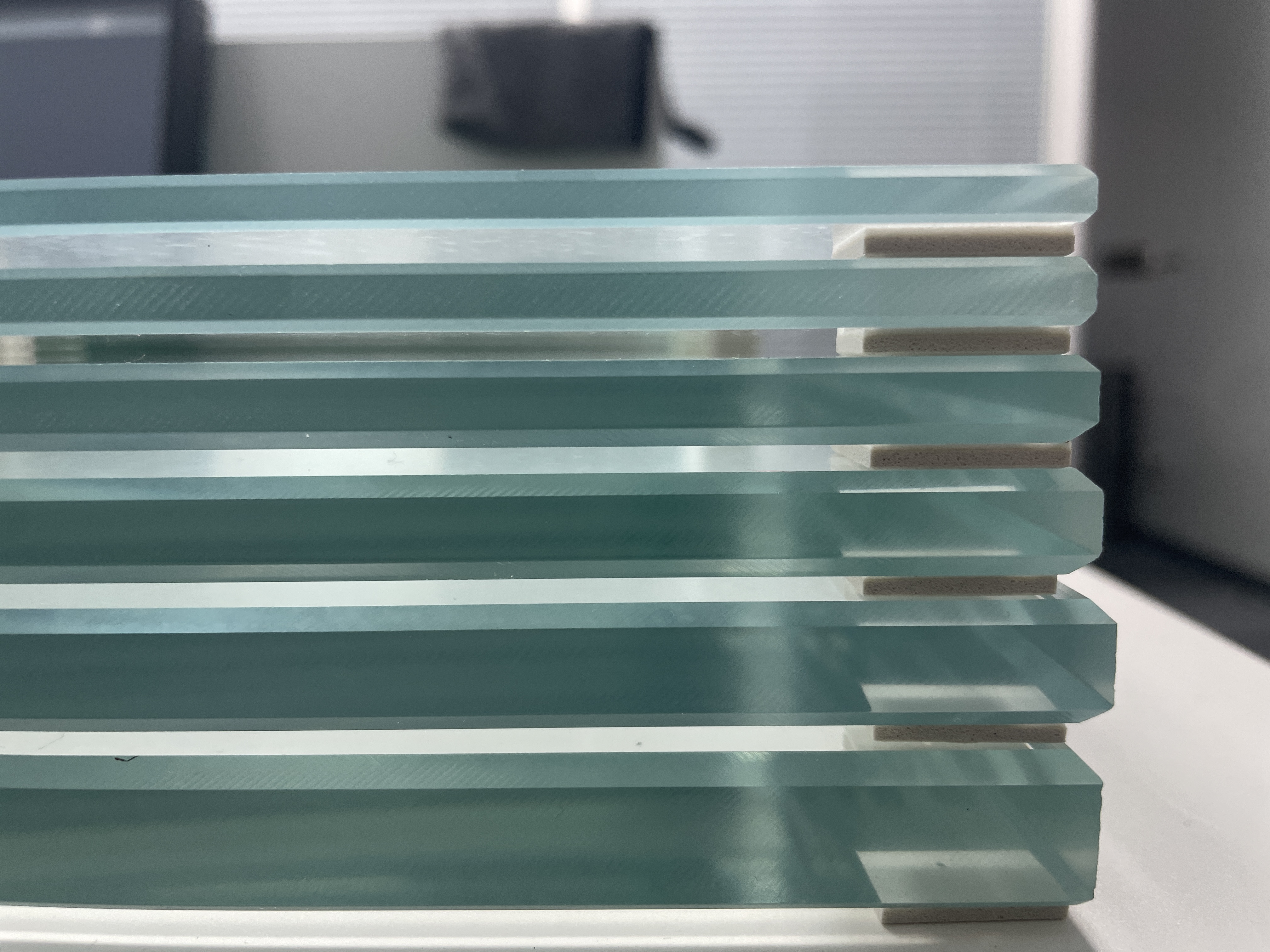
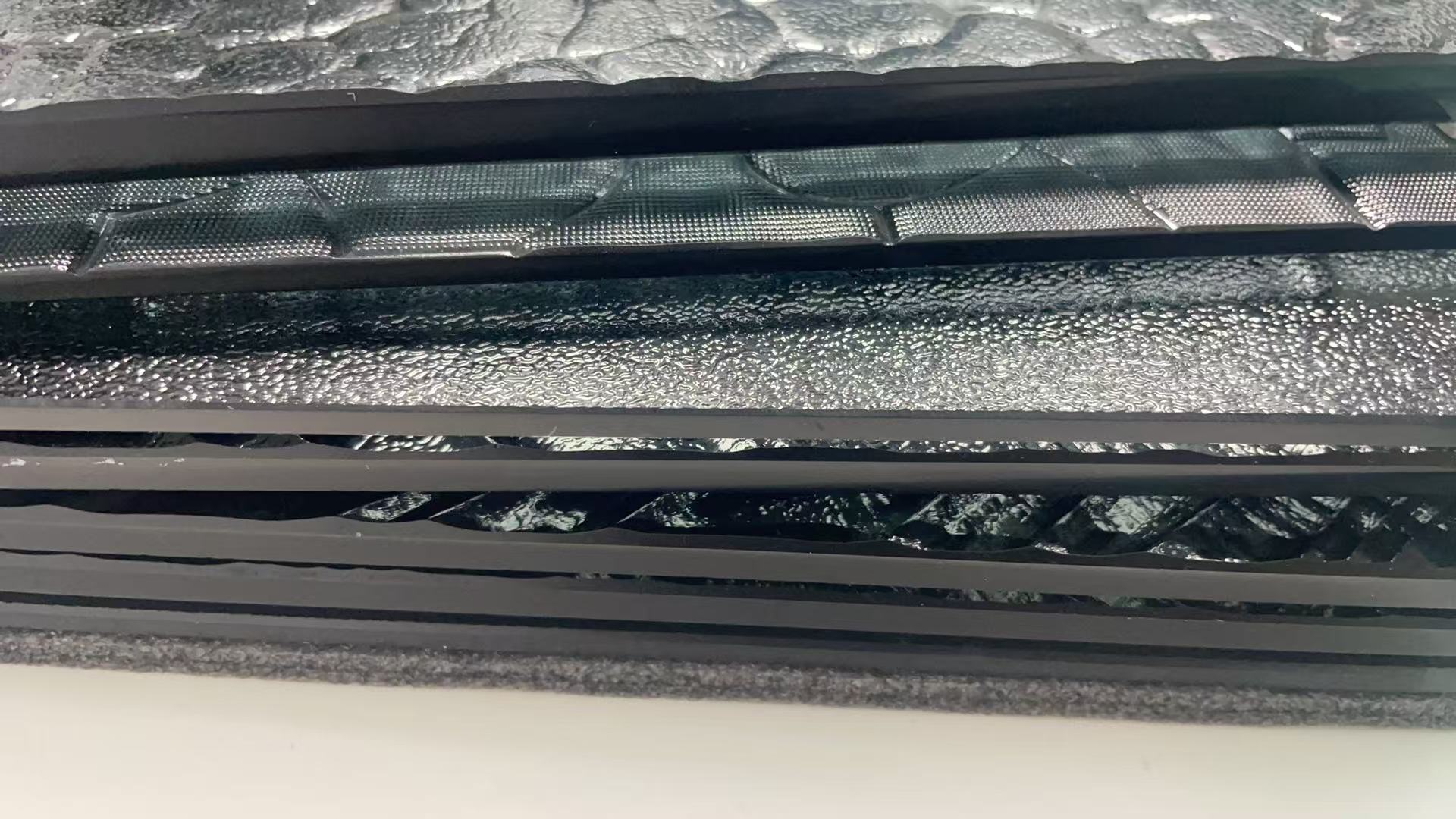
In China, all tempered glass must bear the 3C mark (China Compulsory Certification), which identifies it as safety glass. This is a mandatory safety certification. Government-authorized building materials regulatory agencies conduct annual inspections at our factory to verify compliance. Only after passing these rigorous tests are we permitted to continue producing tempered glass and applying the 3C logo.
For export orders, some clients request glass without this marking. In such cases, we can omit the 3C logo upon request. However, it's important to note that the absence of the mark doesn't indicate lower quality—the glass still undergoes the same stringent tempering process and meets international safety standards. The 3C requirement is specific to the Chinese domestic market.
Key points:
3C = Safety & Compliance: Ensures the glass meets China's impact resistance and breakage safety standards.
Annual Factory Audits: Regulatory checks maintain consistent production quality.
Export Flexibility: The mark can be omitted for overseas shipments while maintaining identical performance.
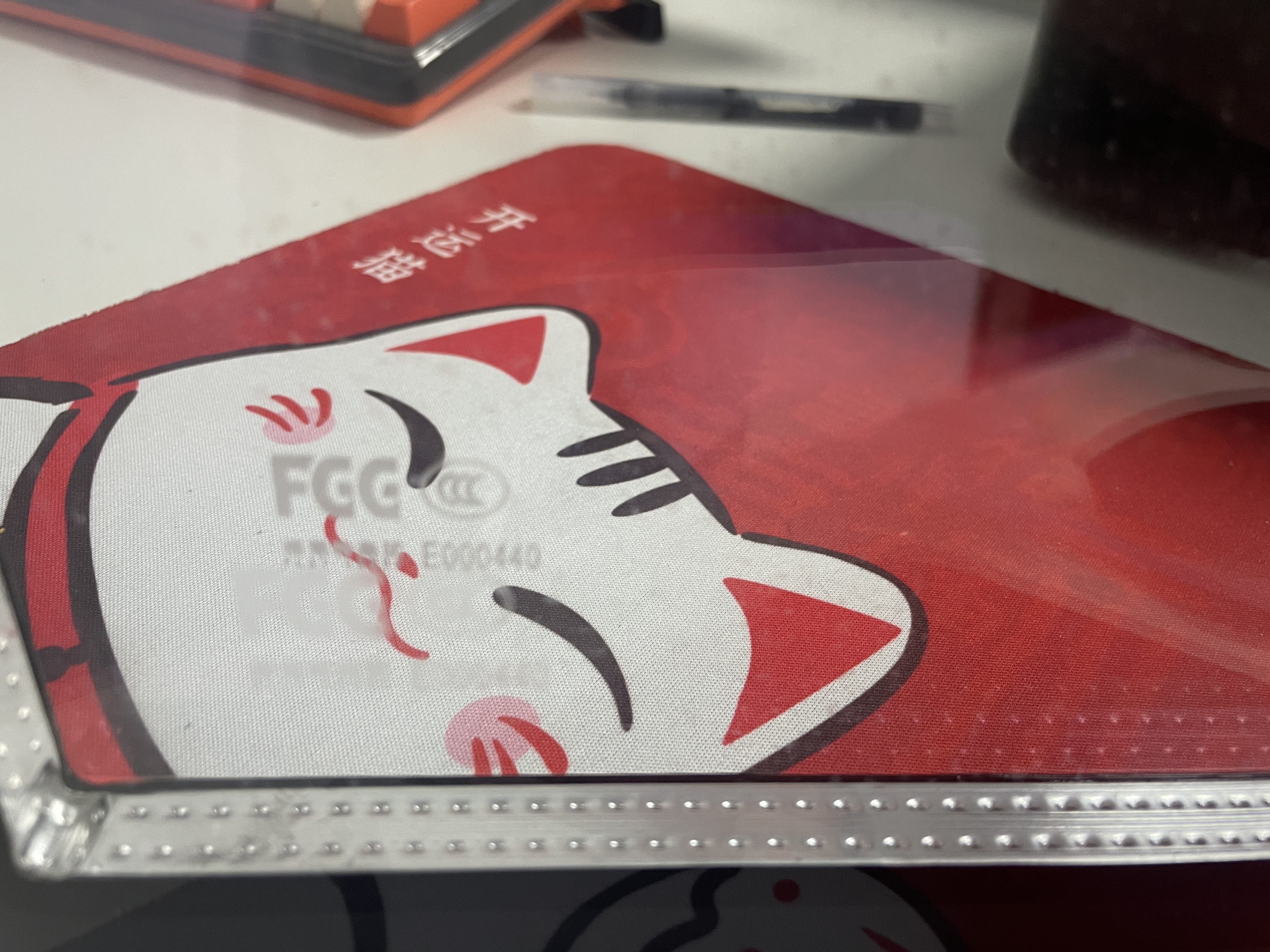
Tempered glass is a type of safety glass, and its only enhanced properties are high strength and thermal shock resistance. The tempering process does not improve thermal insulation or soundproofing performance.
Similar in concept to double-glazed insulating glass, it consists of two panes of flat glass. However, instead of an aluminum spacer, a PVB interlayer is sandwiched between them.
The assembly is then fused under high heat and pressure to form a single, solid unit.
For doors and windows, we often combine it with a third glass pane and an aluminum spacer to create insulated laminated glass (laminated + double-glazed unit).
1.Noise Reduction:
A single PVB interlayer can block approximately 30 decibels (dB), primarily targeting low-to-mid-frequency noise (e.g., traffic rumble, tire noise, train vibrations).
2.Hybrid performance:
The laminated layer absorbs low-frequency noise, while the air gap in the double-glazed unit filters high-frequency sounds (e.g., horns, sirens, sharp noises).
Ideal for high-traffic areas near expressways, highways, or train stations.
3.UV & Thermal Benefits:
The PVB interlayer blocks 99% of UV rays, protecting indoor furnishings from sun damage.
Provides moderate thermal insulation (though not as effective as specialized Low-E glass).
4.Safety:
Even if shattered, the PVB film holds the glass fragments together, preventing injuries and maintaining security.
For most applications, insulated laminated glass (e.g., 5mm glass + 12A spacer + 5mm glass + PVB + 5mm glass) delivers optimal balance:
Superior soundproofing for urban or high-noise environments.
Enhanced safety against breakage and intrusions.
UV protection for interior preservation.
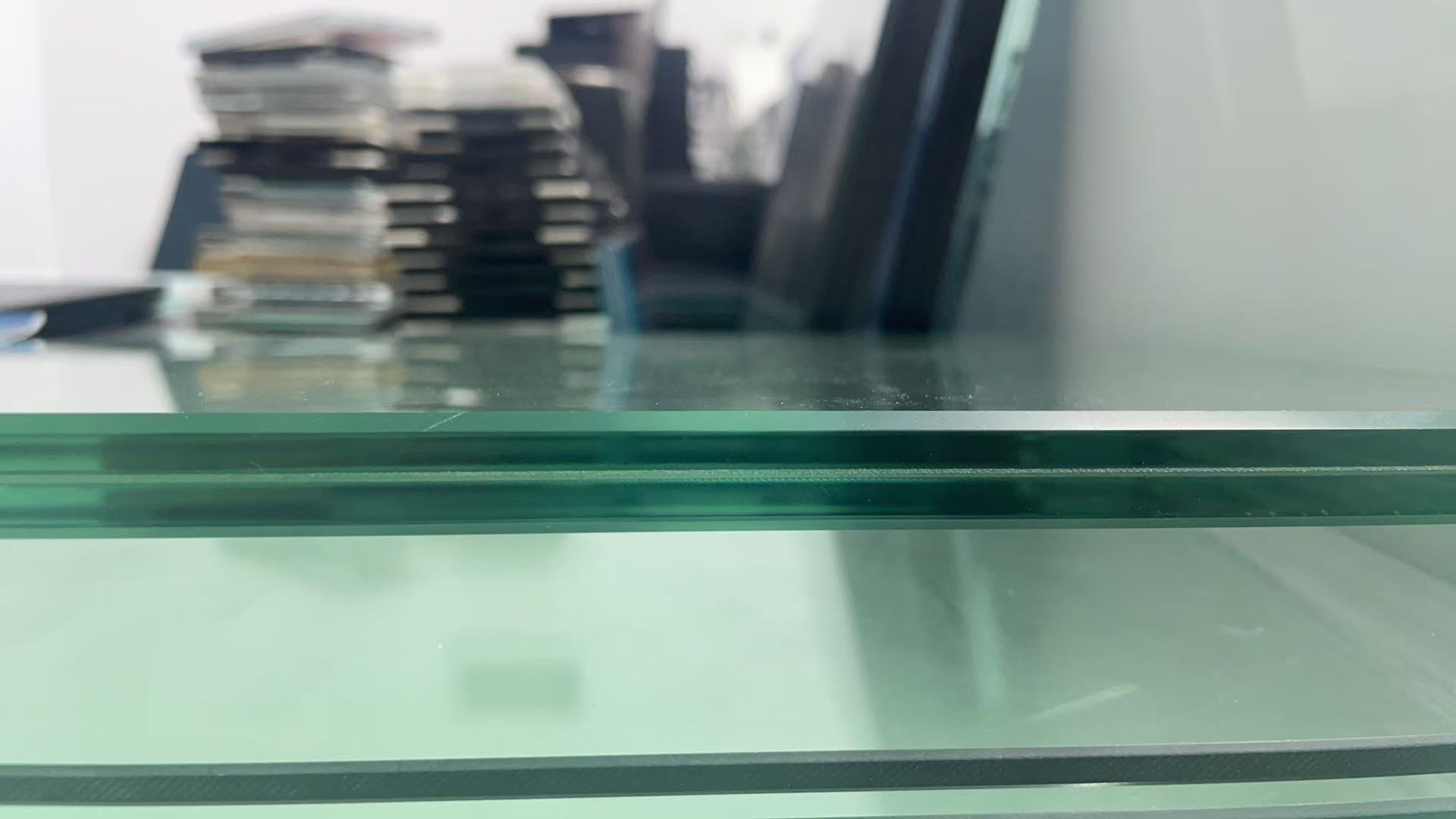
During installation, we typically position the laminated (PVB interlayer) side of the glass facing indoors. This safety measure ensures that if the inner glass pane suffers from human impact or spontaneous breakage, the fragments remain bonded and won't scatter—unless deliberately damaged.
The same principle applies to skylight/sunroom overhead glazing, where laminated insulated glass is mandatory. Should thermal stress cause breakage, the PVB interlayer prevents glass shards from falling, prioritizing overhead safety.
For specialized applications requiring extreme durability, we can customize multi-layer configurations:
Stair treads: 4-ply lamination (e.g., 3 glass layers + 2 PVB films)
High-security railings: 5-ply or thicker with tempered glass
(Each added layer increases impact resistance proportionally.)
